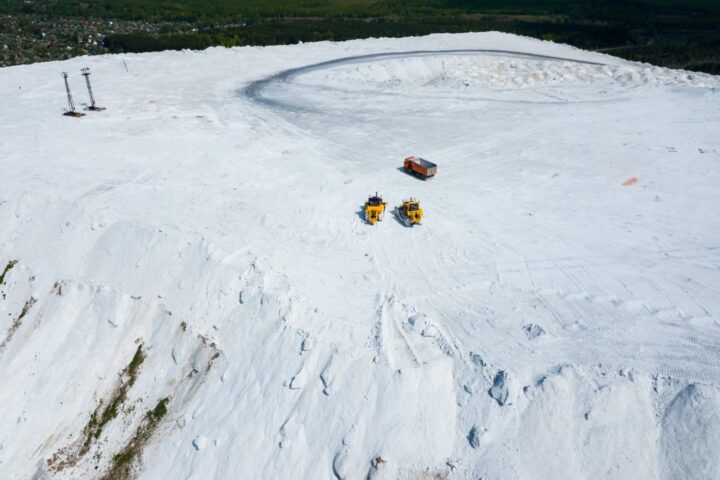A groundbreaking discovery has revealed what could be the world’s oldest three-dimensional map, etched into a sandstone shelter in France. The 13,000-year-old miniature landscape, found in the Ségognole 3 rock shelter, reflects the region’s natural water flows and geomorphological features, showcasing early humans’ advanced environmental understanding and engineering skills.
A Functional Representation of Nature
The research, led by Dr. Médard Thiry from the Mines Paris – PSL Centre of Geosciences, suggests that the ancient map is not a traditional representation of distance and direction, but rather a three-dimensional depiction of the functioning of a landscape. The map shows runoff from highlands into streams and rivers, the convergence of valleys, and the downstream formation of lakes and swamps.
“What we’ve described is not a map as we understand it today… but rather a three-dimensional miniature depicting the functioning of a landscape,” explains Dr. Anthony Milnes from the University of Adelaide.
Human Modifications and Engineering Capabilities
The study reveals that early humans modified the sandstone shelter to promote specific flow paths for infiltrating and directing rainwater. The researchers believe that these modifications demonstrate the mental capacity, imagination, and engineering capability of our distant ancestors.
Interdisciplinary Collaboration and Implications
The discovery highlights the importance of interdisciplinary collaboration in science. By combining archaeology, geology, and geomorphology, researchers can gain a deeper understanding of ancient cultures and their relationship with the environment.
The Oldest Known 3D Map
Before this discovery, the oldest known three-dimensional map was a Bronze Age rock slab engraved around 3000 years ago. The Ségognole 3 map predates this by over 10,000 years, providing a unique glimpse into the cognitive abilities and environmental understanding of early humans.
Reference:
“Palaeolithic Map Engraved for Staging Water Flows in a Paris Basin Shelter” by Médard Thiry and Anthony Milnes, 22 December 2024, Oxford Journal of Archaeology. DOI: 10.1111/ojoa.12316

















